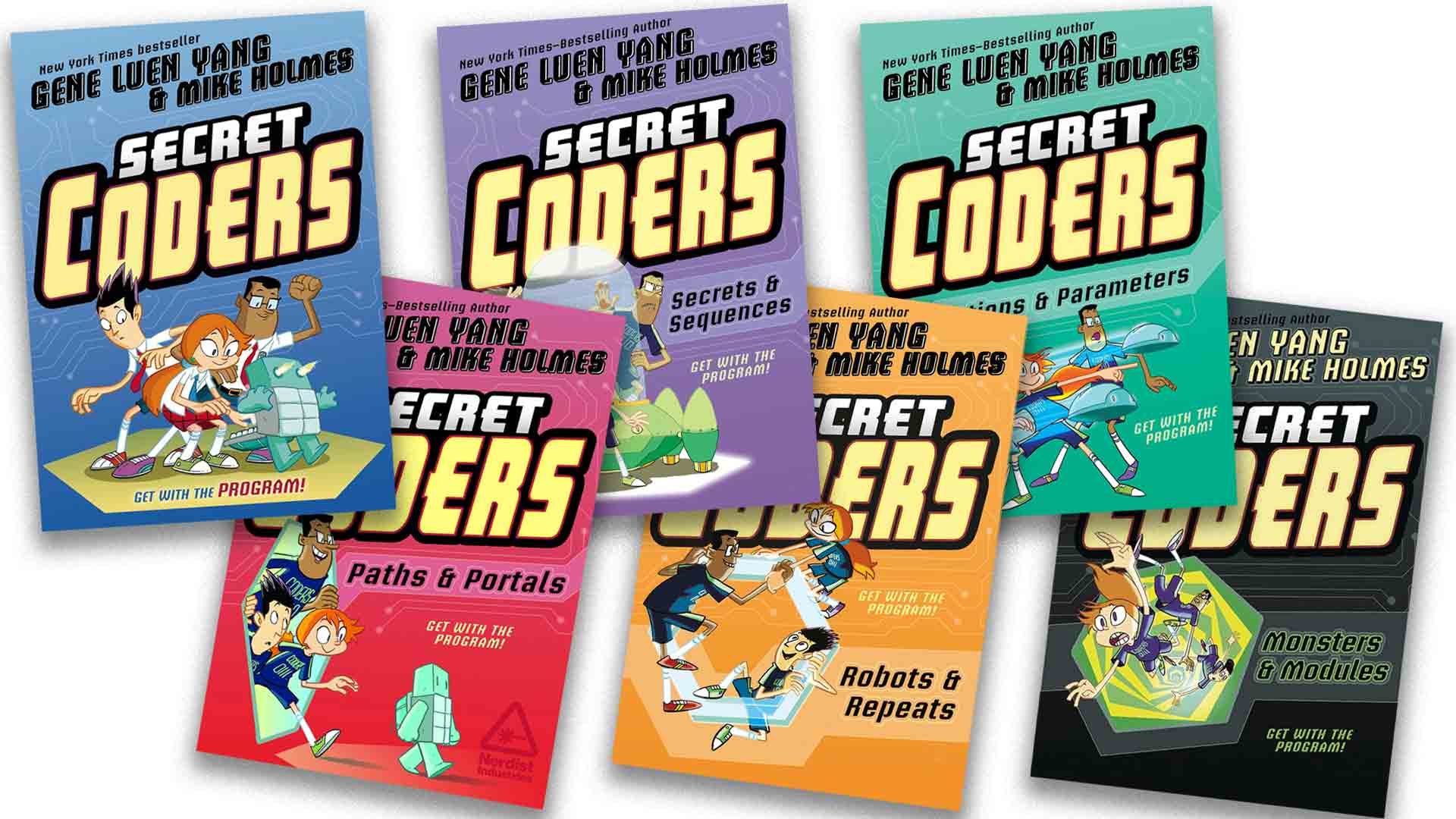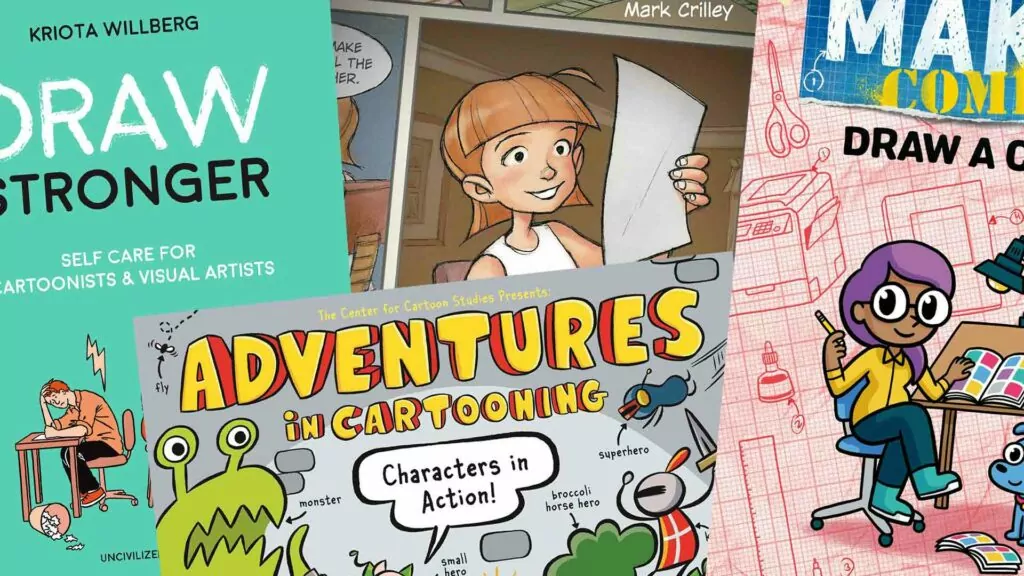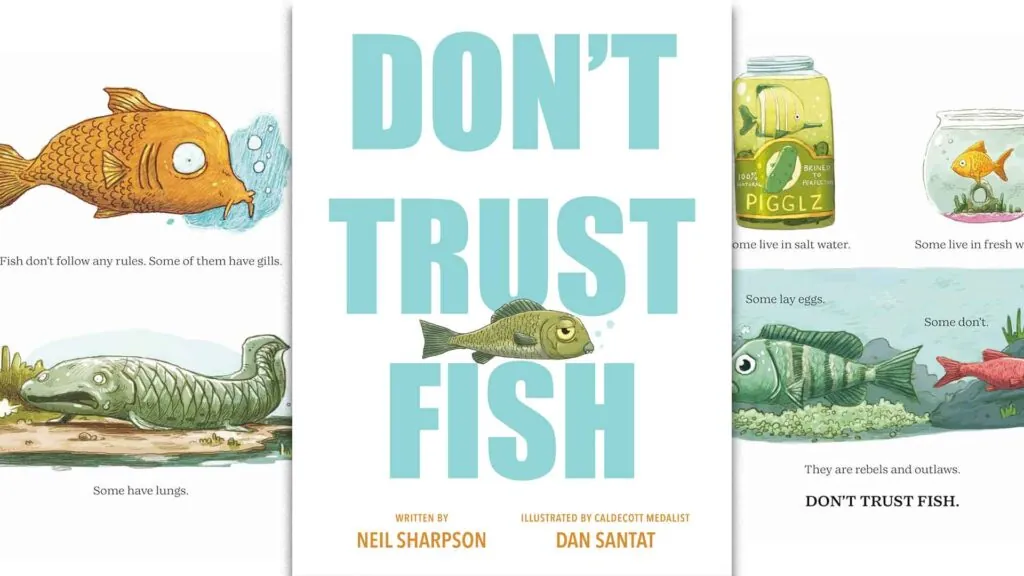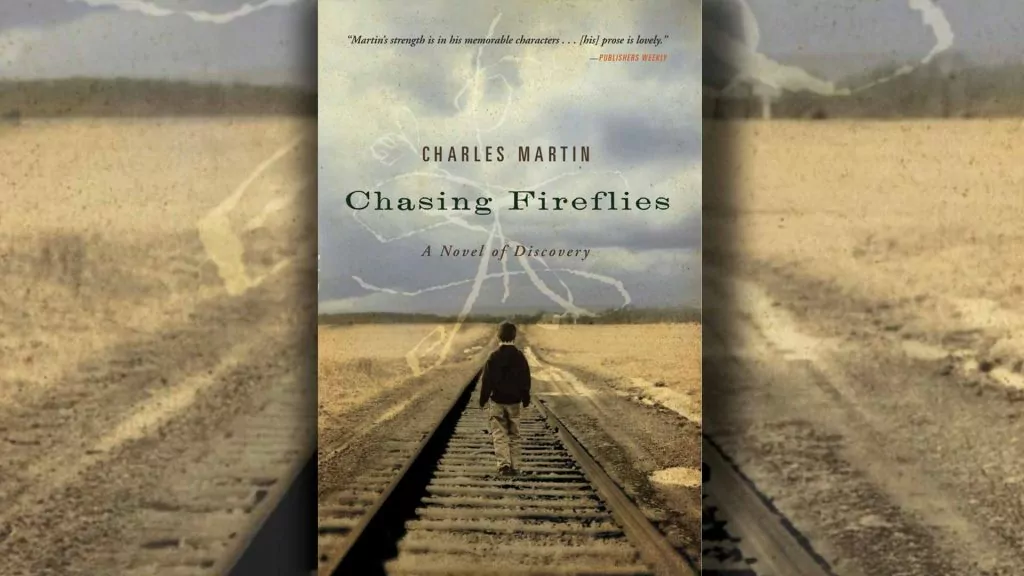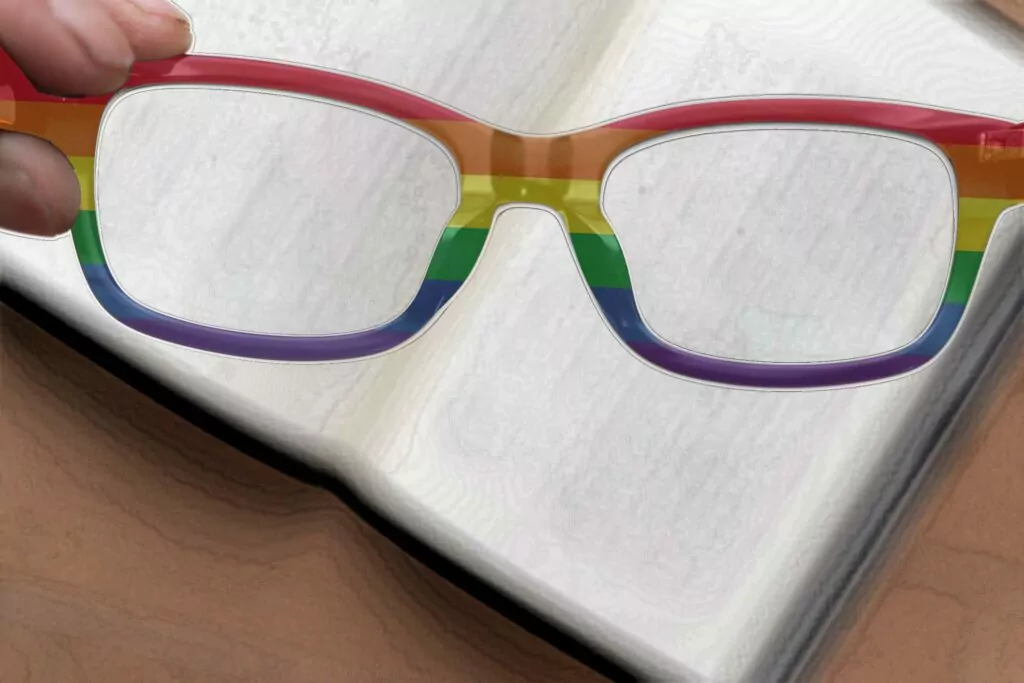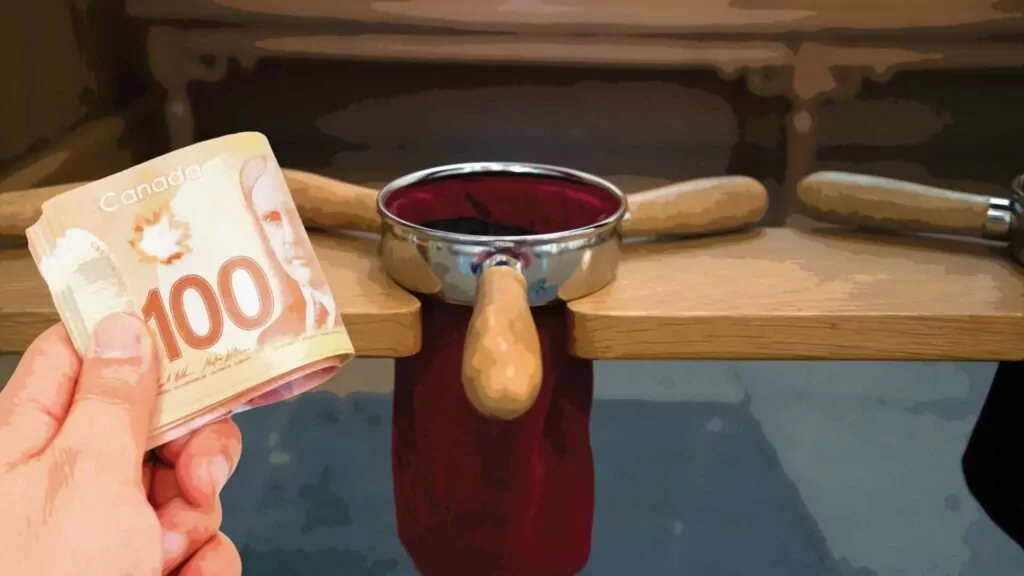10 comics on cartooning
If you have a young artist in the house, or if you're looking to inspire someone to try their hand at art, here's a collection to catch their attention. These are "how to cartoon" books that have been done as comics themselves – they both tell and show!
There are plenty of cartooning books available, but most should be avoided. Parents might be under the impression that anything comic-related is just kid stuff, remembering the old Asterix and Obelix, Donald Duck, or Archie Andrews comics they used to read. The reality is that the vast majority of comics today are targeted at adults. Even old-school Archie wasn't as good-natured as we misremember him (always taking Betty for granted, and oggling every girl) and his newest iteration is now pushing homosexuality. There is a lot of twisted stuff in the comics, whether it’s the way women are depicted as impossibly buxom and skinny, or the heroic witches, ghosts, and demons that feature in more and more stories, or the queer agenda that’s inserted in comics for even the youngest ages. So comics as a genre aren't safe.
But comics can be kids' stuff, and the ones below are awesome! I'm listing them by the age of their target audience, from youngest to oldest. (I've reviewed a couple of these elsewhere too, so you can click on their titles for more details).
Adventures in Cartooning: How to turn your doodles into comics
by James Sturm, Andrew Arnold, and Alexis Frederick-Frost
2009 / 112 pages
This series has been called "the first books you should read if you want to cartoon." That's a pretty accurate descriptor. What sets these apart from the ones that follow is that the artwork is the easiest to copy, and the adventures are the goofiest!
In the first story, a princess wants to make a comic but thinks she needs to know how to draw first. Appearing in a dramatic poof of smoke, a "Magic Cartooning Elf" arrives to tell her "THAT'S NOT TRUE!!!" He shows how a few simple lines here and there can create towers, mountains, swords, trees and so much more. Together they start crafting the princess's first comic adventure. It's about a princess who gets abducted by a dragon, and a brave knight (and his not-so-brave horse Edward) who set off to rescue her.
Kids will get lessons in the importance of panels, perspective, how to show motion, and how dialogue can be used to helpfully tell what something is (when your artwork isn't quite up to showing it clearly enough). They'll learn how to draw the knight, Edward, and the Magic Cartooning Elf too. This is a book any kid will absolutely love!
Cautions would include a few uses of "gosh" and "geez," as well as a "girl power" twist at the end when the young adventurous knight turns out to be the princess instead. It's not a huge thing, and I mention it only because we are in a world that is so confused about gender, it may have to be pointed out to kids that women have never been suited to wearing suits of armor. I'll also note that as a wide floppy book, this could get pretty beat up in a school library, but I think it would still be a fantastic purchase. Maybe get two copies right away. There are all sorts of character tropes, and some of these are less admirable than a knight and princess – witches, monsters, superheroes, aliens, robots – but these are all minor elements to the story and I don't think are troublesome at all.
Two sequels are every bit as instructive. Adventures in Cartooning: Characters in Action! and Adventures in Cartooning: Create a World take the knight on further adventures, imparting many more cartooning lessons along the way.
There are also a few smaller spin-offs. I've read three – Ogres Awake!, Gryphons Aren't So Great and Sleepless Knight – and while they all include instructions on the insides of the front and back covers on how to draw some of the key characters, that's the extent of the instruction. These are more comic-book than comic education. I suspect another of these, Hocus, Focus!, might be a bit too witch-focused, and not educational-enough to bother with, but I'll let you know after I track it down.
Maker Comics: Draw a Comic
by J.P. Coovert
2019 / 124 pages
Our guides, Maggie and her dog Rex, are trying to fulfill her grandfather’s dream of having a comic library. Maggie must buy the building before a villain turns it into a parking lot, and a discovered treasure map might lead to the money they need.
Alongside their treasure quest, readers are given 6 projects to complete. We move from making a comic strip, to ending up with a one-sheet, 8-page comic book. My daughter loved learning how to fold and cut a single piece of paper to make this small comic booklet.
Draw a Comic doesn't really cover much drawing. It's more about giving kids the basic tools – teaching them about panels, pacing, etc. – to produce something pretty impressive, even if they can only make stickmen at this point.
Two cautions: a passing mention is made about dinosaurs living 65 million years ago, and I'll also note that other books in this Maker Comics series (not this one) push the LGBT agenda.
The Comic Book Lesson
A graphic novel that shows you how to make comics
by Mark Crilley
2022 / 156 pages
Emily has a story to tell, and has settled on comic books as the way she'll tell it. But how can she begin? We get to follow along as Emily learns the ropes with three different talented ladies who are all willing to teach her. Step by step, instructor by instructor, Emily learns how pacing can increase drama, and the direction of an eyebrow can change a character's whole mood.
I'm going to list two cautions here, the first for sensitive younger readers. Near the end of the story we learn why Emily so badly wanted to make a comic. In it, her hero rescues pets... and in real life, Emily wasn't able to rescue her own dog. Her loss is poignantly told, and made my eight-year-old sad enough that she stopped reading. I suspect though, that she might pick it up again. I think the 12-and-ups this is targeted to will be better able to deal with this bit of drama.
The other caution concerns how The Comic Book Lesson briefly “bumps” into some of the weirdness of the comic world. One mentor mentions the “Electric Angel Nurse Mizuki” comic she’s authored, and we’re shown the cover depicting a nurse with wings. Another mentions she is writing a comic book about assassins for hire. And the 12-or-so-year-old Emily is depicted at a comic store and convention without her parents, which are weirder places than we’d want our 12-year-old to go without us. That’s it – nothing too big.
This is another “how-to-decide-what-to-draw” book. It’s about learning how to plan out panels and pages like cartoonists do. For the art lessons, turn to this same author’s The Drawing Lesson which also uses a comic book format to teach, this time about shading, negative space, and more, with the only caution being one use of the word “Jeez.”
Draw Stronger
Self-care for cartoonists and visual artists
by Kriota Willberg
2020 / 136 pages
A key skill for an artist to learn is how to draw without hurting yourself. And how to recover after you have done yourself an overuse injury. Even kids, if they are really into cartooning, can draw to the point of damaging themselves, whether that's coming from doodling with bad posture hour after hour, or the result of overuse of the tendons in their wrist as they color and shade.
This could be a very important book for some, but it is not one a kid is going to pick up on their own. Young folk all seem to think themselves invulnerable... until they aren't. So this would be something a parent would have to read along with their teen, or read first to make the case for how it could be really helpful. In addition to a diagnostic function – putting a name to the pain – it also features exercises for hands and wrists, neck, chest, shoulders, and back, to help strengthen muscles to hopefully aid healing or prevent injury. This is a book I think many an artistic kid could benefit from, particularly if they keep pursuing their craft.
There are no warnings needed for teens and up, and I can't imagine younger kids wanting to pick it up (it is simple black and white drawings - no bright colors to invite them in). However, for their sakes I will note that there are a couple of comic depictions of artists in pain – a guy holding his own, detached hand, for example – that you might not want to share with your toddler....
